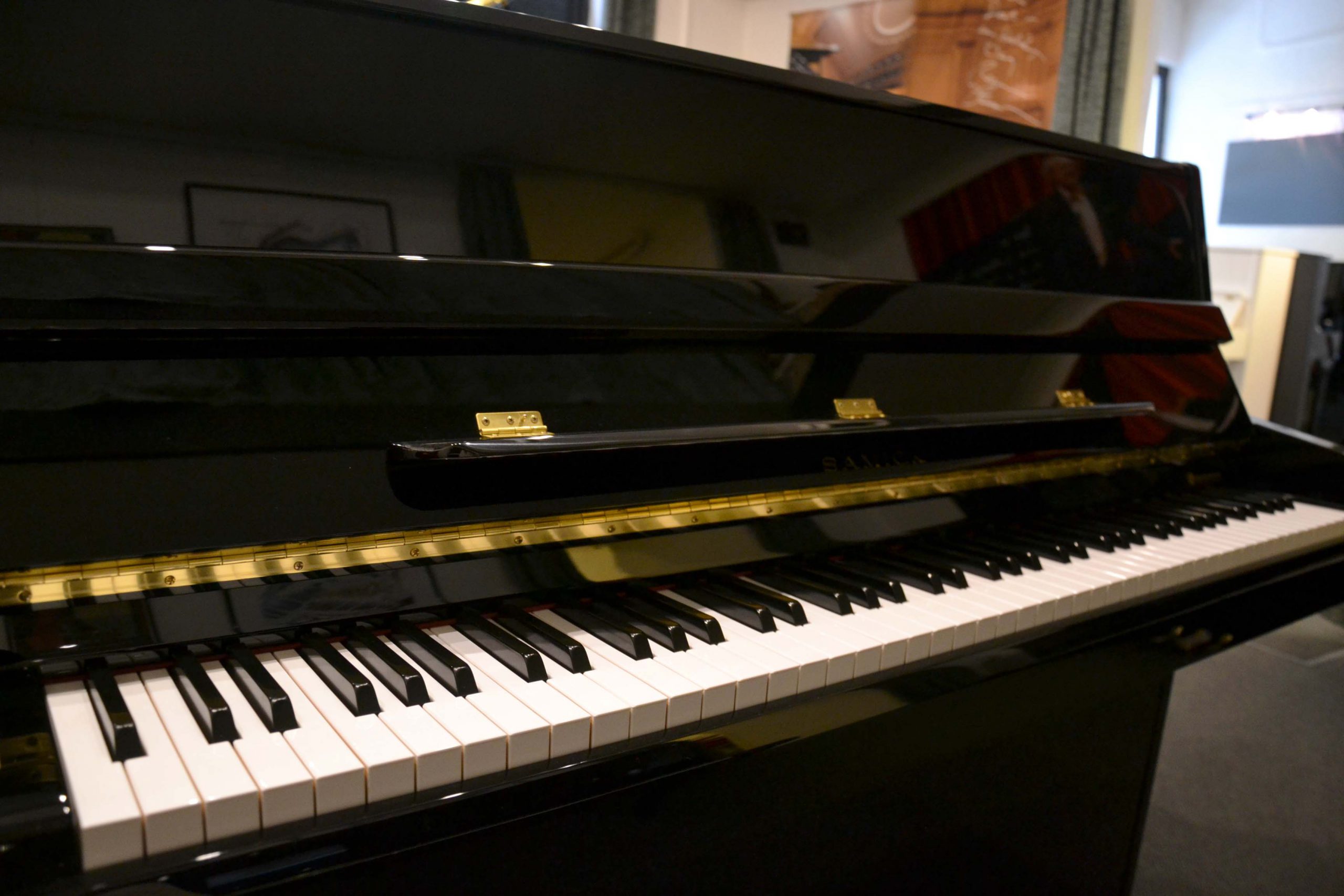

More details about Knabe's history can be found at the Knabe Institute website: Wm. Maintained its name and quality despite the transfer of assets and In 2010, Samick made theĪnnouncement that the rims for Knabe pianos are constructed andĪssembled in Korean factories and shipped to Tennessee to have theįor over one hundred years, Wm. Knabe and other piano lines are manufactured. Samick opened a distributor center and factory in Tennessee where Seven different designs three sizes for grand pianos and four sizes for it has grown from a small workshop manufacturing a little more than a hundred pianos a year, into a network of modern and highly sophisticated manufacturing facilities producing more than 30,000 pianos annually and exporting to the Asia-Pacific. Browse our available selection, or use our filters to refine your search by size, price, location, distance from you, or color. Our available Samick pianos include a range of types, costs and conditions. Samick branded pianos were once offered in a variety of upright and grand sizes, but are now only offered in three sizes of grand pianos the 5’2 NSG 158, 5’7 NSG 175, and the 6’1 NSG 186.
#Samick piano sig 57 price professional#
Manufactured by Samick Musical Instruments, Ltd. View a wide selection of Pianos, Keyboards, and Organs and other great items on KSL Classifieds. Samick pianos are a popular choice for students, home enthusiasts and professional musicians alike. Samick brands currently offered for sale in North America are Seiler, Pramberger, WM Knabe and Samick branded pianos (See brand profiles). In order to level the playing field for comparing prices, all prices in this guide are computed according to a uniform piano industry standard.

In 1932, Aeolian purchased American, and together they formed the Aeolian-American Corporation Knabe became part of the Mason & Hamlin Corporation, along with Falcone, Sohmer, and George Steck. SAMICK PIANOS: PIANO INDUSTRY STANDARD PRICING 2010. Knabe company incorporated, and joined the American Piano Company. His son William Knabe and his son-in-law Charles Keidel. Following Gaehle’s death in 1855, Knabe advertised that heīought all the rights of the company and continued the business as Wm.Īfter his death on May 21, 1864, Wilhem Knabe was succeeded by The company made drastic success until the earlyġ850’s. Purpose of manufacturing pianos in Baltimore, Maryland. In 1839, Knabe opened a partnership with Henry Gaehle, as Knabe & Gaehle, for the


 0 kommentar(er)
0 kommentar(er)
